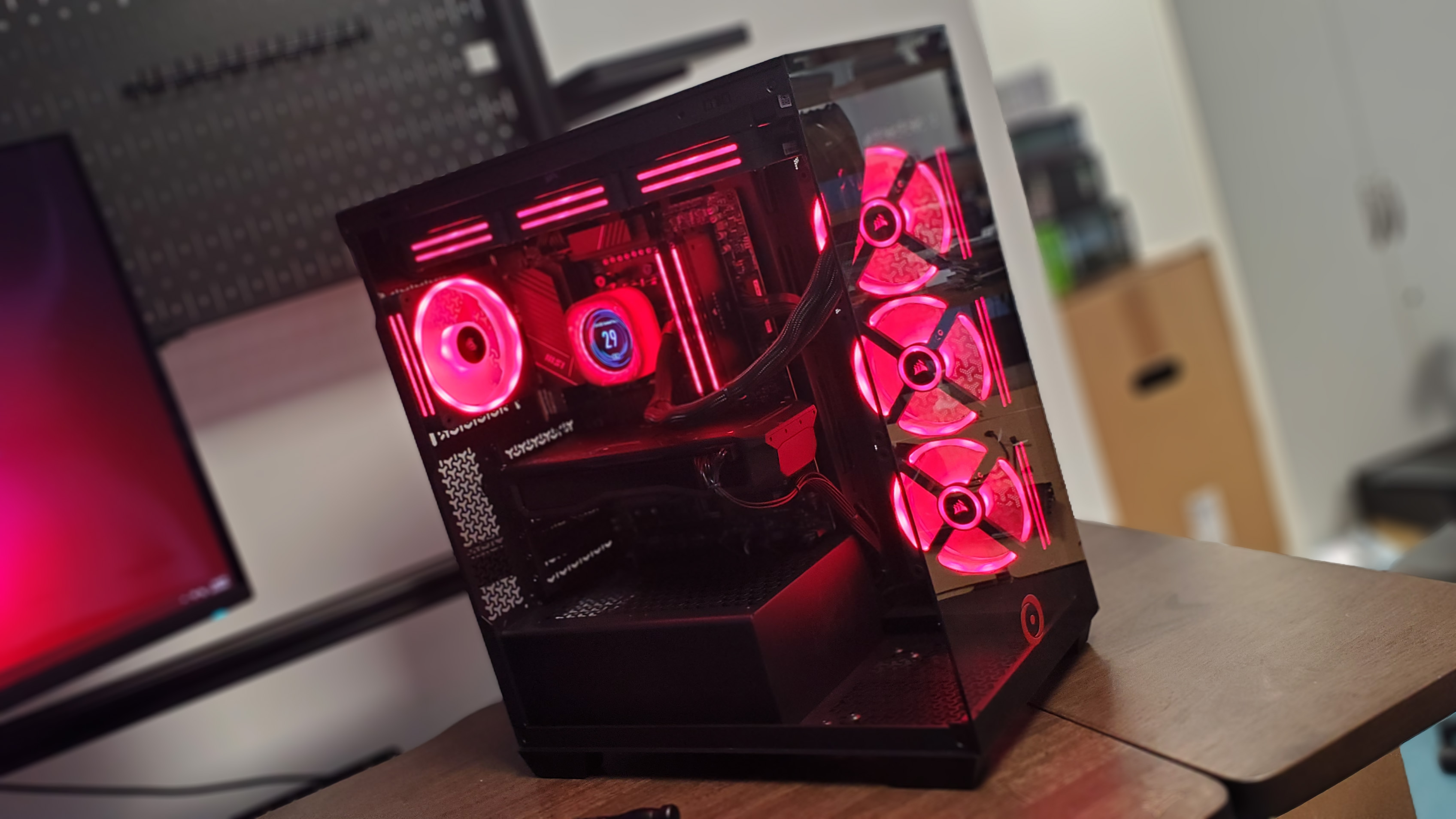Now that Windows is basically fine, let's remember all the times it sucked
An alternate history of Microsoft's OS.
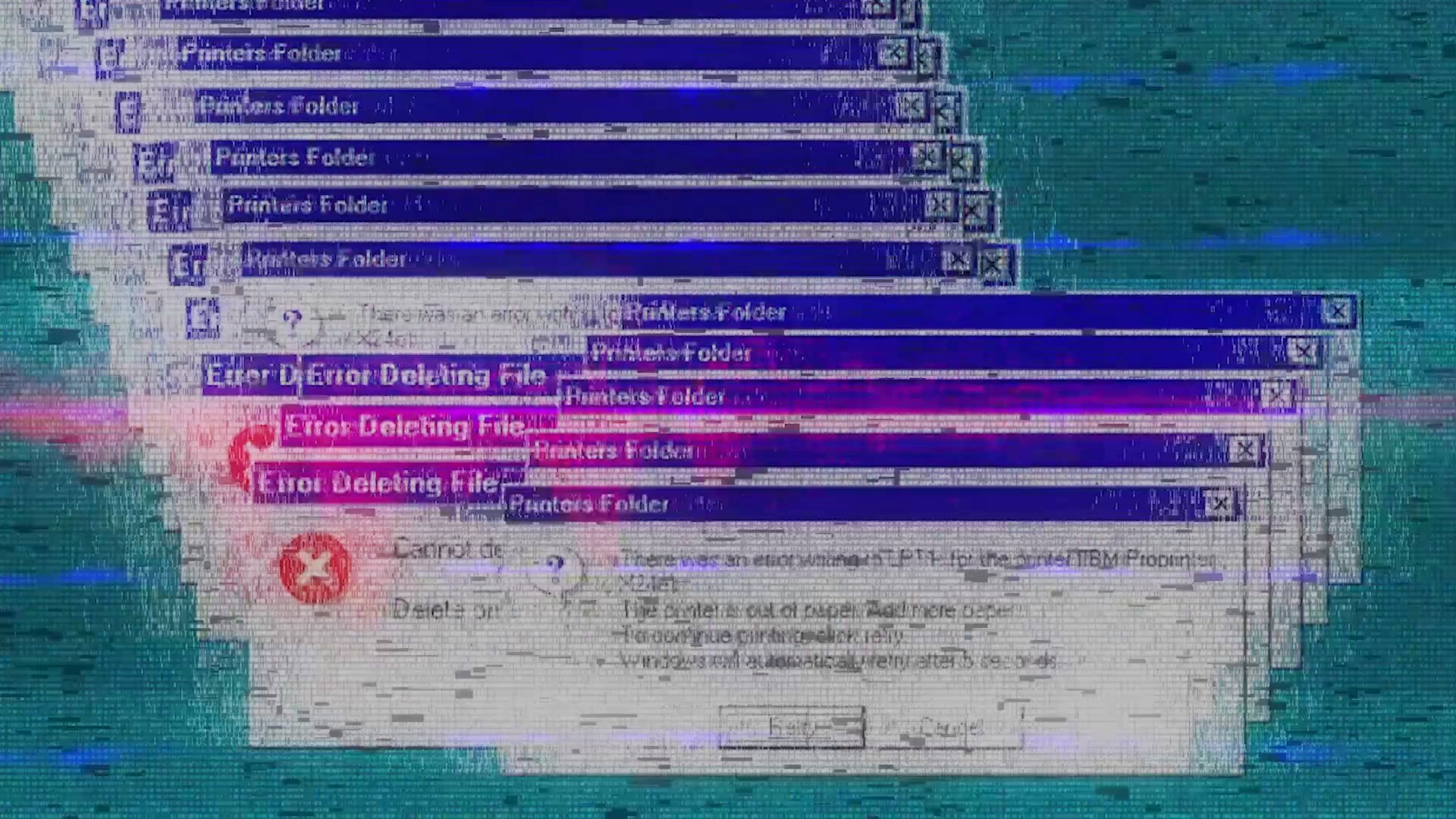
I don't really think about Windows anymore. It's just... there. It boots up in seconds. It rarely crashes. When I plug stuff in, it works. I can't remember the last time I cursed under my breath at it. It's a dream compared to the early days of the OS, where rebooting could take minutes and you'd have to wrestle with driver compatibility issues, illegal operations, error messages, and, yes, the dreaded BSOD.
But it was a long road to get here, and the history of this operating system is littered with mistakes, failures, missteps, and some legendarily bad dancing. Dunking on Windoze was basically a hobby for some people, but now I never see anyone complaining about it. So let's take a look back at the history of Windows, but focusing specifically on the times Microsoft screwed up or did something embarrassing, because it's funnier.
1995 – Microsoft Bob, a failed experiment
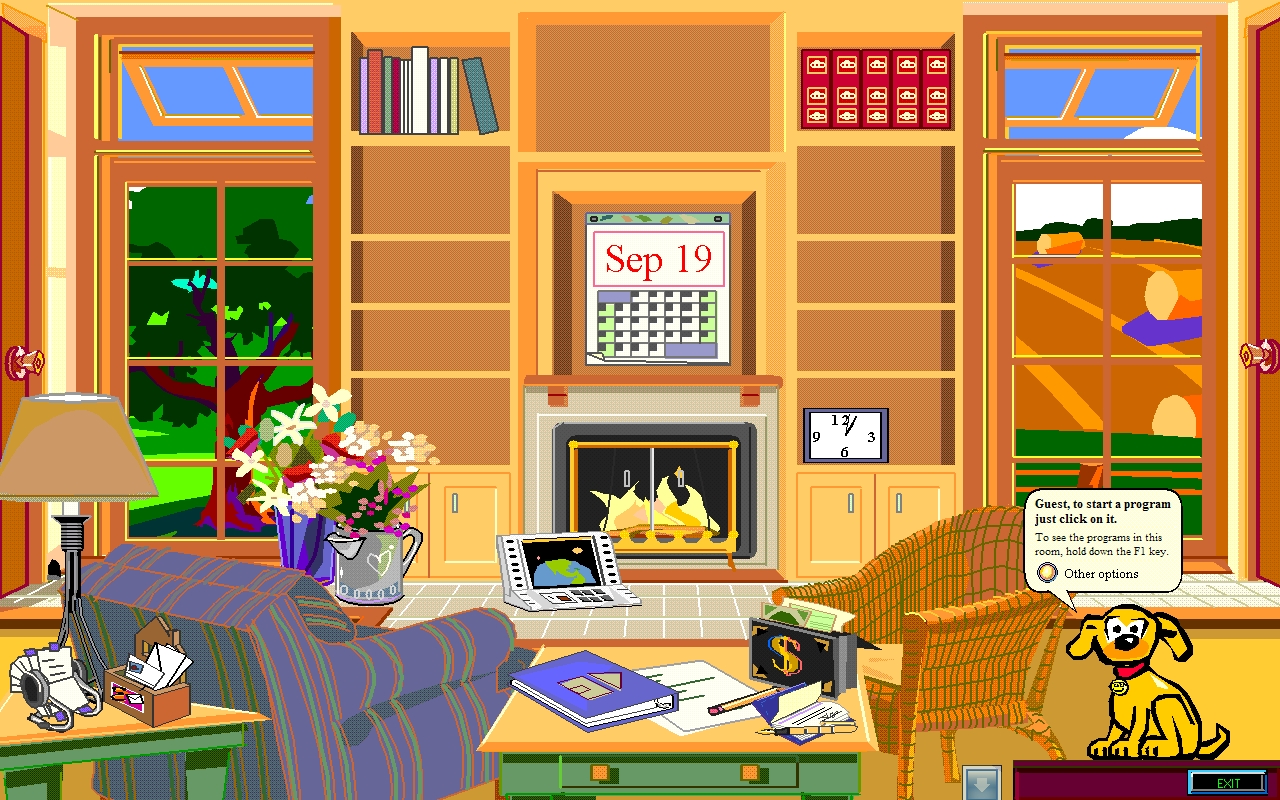
In 2010, Time magazine called Microsoft Bob one of the 50 worst inventions of all time. I'm not sure it's quite that bad, but it's certainly one of Microsoft's bigger failures. The idea was to create a computer interface that anyone could use. Instead of a desktop, you'd click on objects in a house to launch apps—a calendar hanging on the wall to access the calendar, for example. The problem was, Bob was expensive, not many computers at the time could run it properly, the cutesy art looked cheap and ugly, and the assistants (precursors to Clippy, who we'll get to later) were just kinda annoying.
1995 — Windows 95 tries to make computers 'cool'
In 1995, Microsoft spent a small fortune promoting Windows 95—including licensing the Rolling Stones song Start Me Up. Y'know, because of the Start menu? Less literally, it was also a way for MS to say: "Hey, look, this isn't just boring computer stuff for nerds. It's rock and roll, baby!" Or something to that effect. But the moment Bill Gates and his sensibly dressed Microsoft buddies started dancing awkwardly to the song at a launch event, Windows 95 was about as rock and roll as pleated chinos.
1998 — Clippy arrives in our dimension
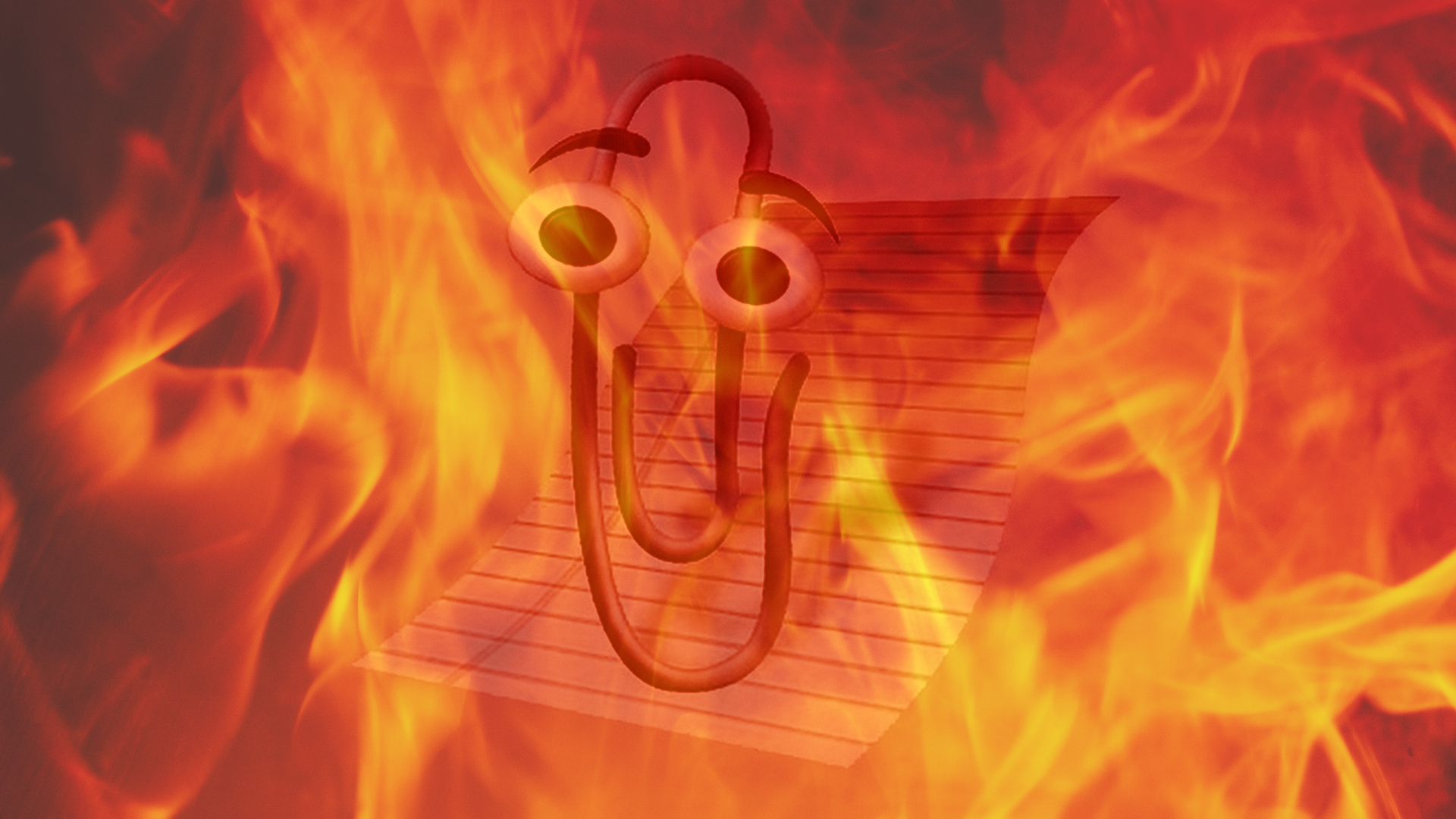
Clippit, later renamed Clippy, slithered into our reality as a feature in Office 97. A so-called 'office assistant', Clippy would rudely butt in with suggestions about how to use the program. Type the word 'dear' and he'd be like "Oh! Oh! Are you writing a letter? I can help with that! Please, I must! It's what I was born to do!" Which sounds nice, but he was A) often wrong in his assumptions about what you were actually trying to do and B) irritating. Clippy/Clippit was eventually sent back to the abyss by Microsoft in 2001 and hasn't been seen since.
2000 – Windows Me has no reason to exist
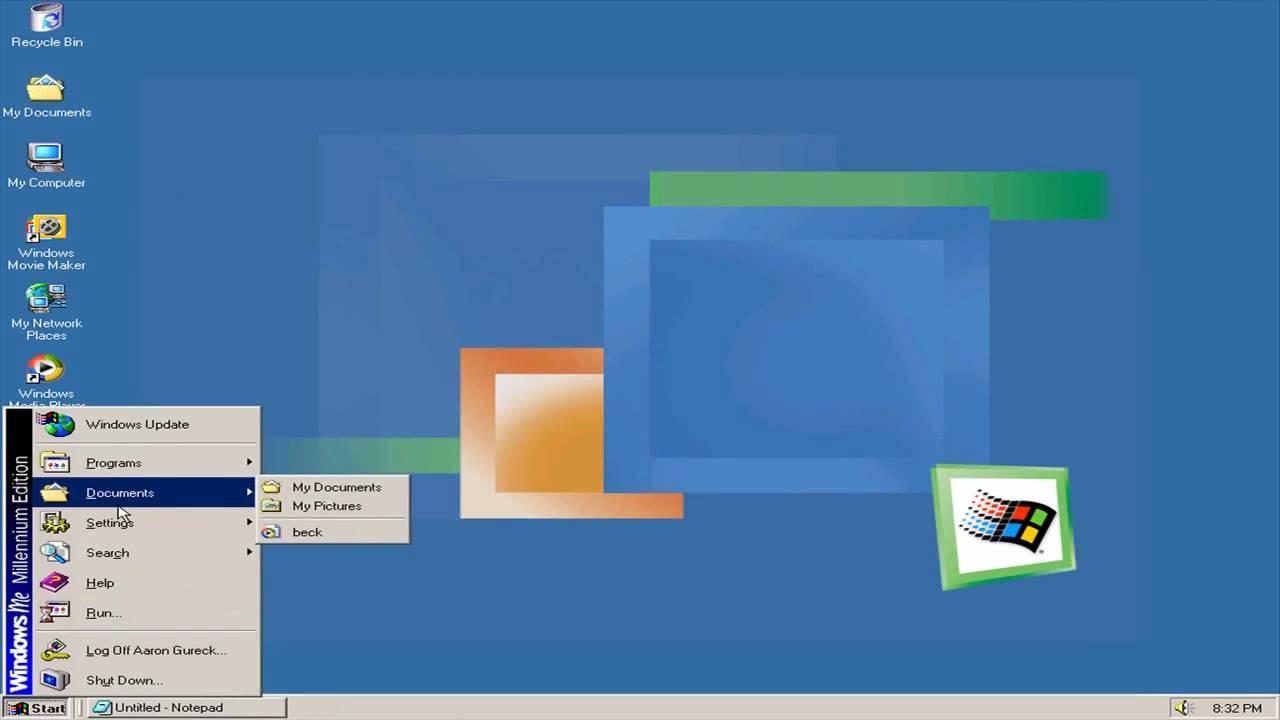
Released as an awkward bridge between Windows 2000 and Windows XP (both superior OSes), Windows Me is widely considered to be one of Microsoft's worst releases. The 'Me' stands for Millennium Edition, but it's pronounced like the pronoun me—one of many attempts over the years by Microsoft to humanise its software. Me was criticised for its instability, being riddled with bugs and glitches, memory leaks, and the removal of DOS, which affected its compatibility with some older software. XP came along a year later and killed it, making many wonder why Microsoft even bothered.
2006 – Voice recognition tech fails to recognise voice
"Dear mom," says a Microsoft employee in a public demo of Windows Vista's new speech recognition technology, causing the words "Dear aunt" to appear on the screen. "Fix aunt," he says as laughter ripples through the audience. The words "Let's set" appear. Then he starts asking Word to select all, delete that, select all, delete that, sounding increasingly desperate. "Double the killer delete select all" appears on the screen. The laughter grows. I feel for the guy. He must've felt terrible. But it's still pretty funny.
The biggest gaming news, reviews and hardware deals
Keep up to date with the most important stories and the best deals, as picked by the PC Gamer team.
2007 – Everybody hates Windows Vista
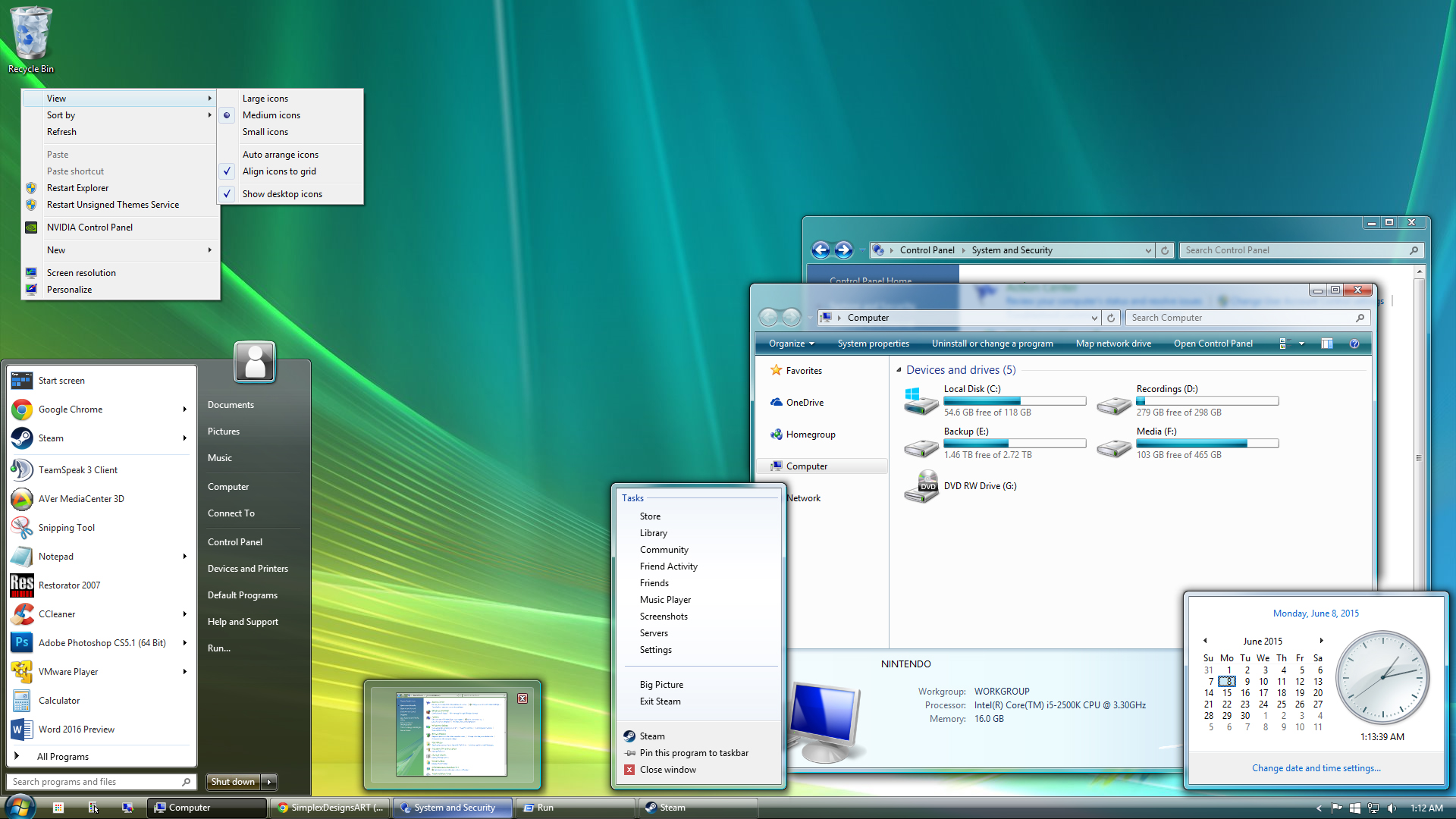
A year later, Microsoft released Vista, a poorly received, widely mocked follow-up to Windows XP. The criticism was so intense that the negative reaction even has its own Wikipedia page. It was slammed for its lethargic performance, the achingly long time it took to copy and delete large files, its increased memory requirement for games (famously, Crysis) compared to XP, and, well, you get the idea. Some argue Vista wasn't that bad, but it's a failure that will forever be a dark smudge on the history of the OS.
2007 – The Games For Windows Live nightmare begins
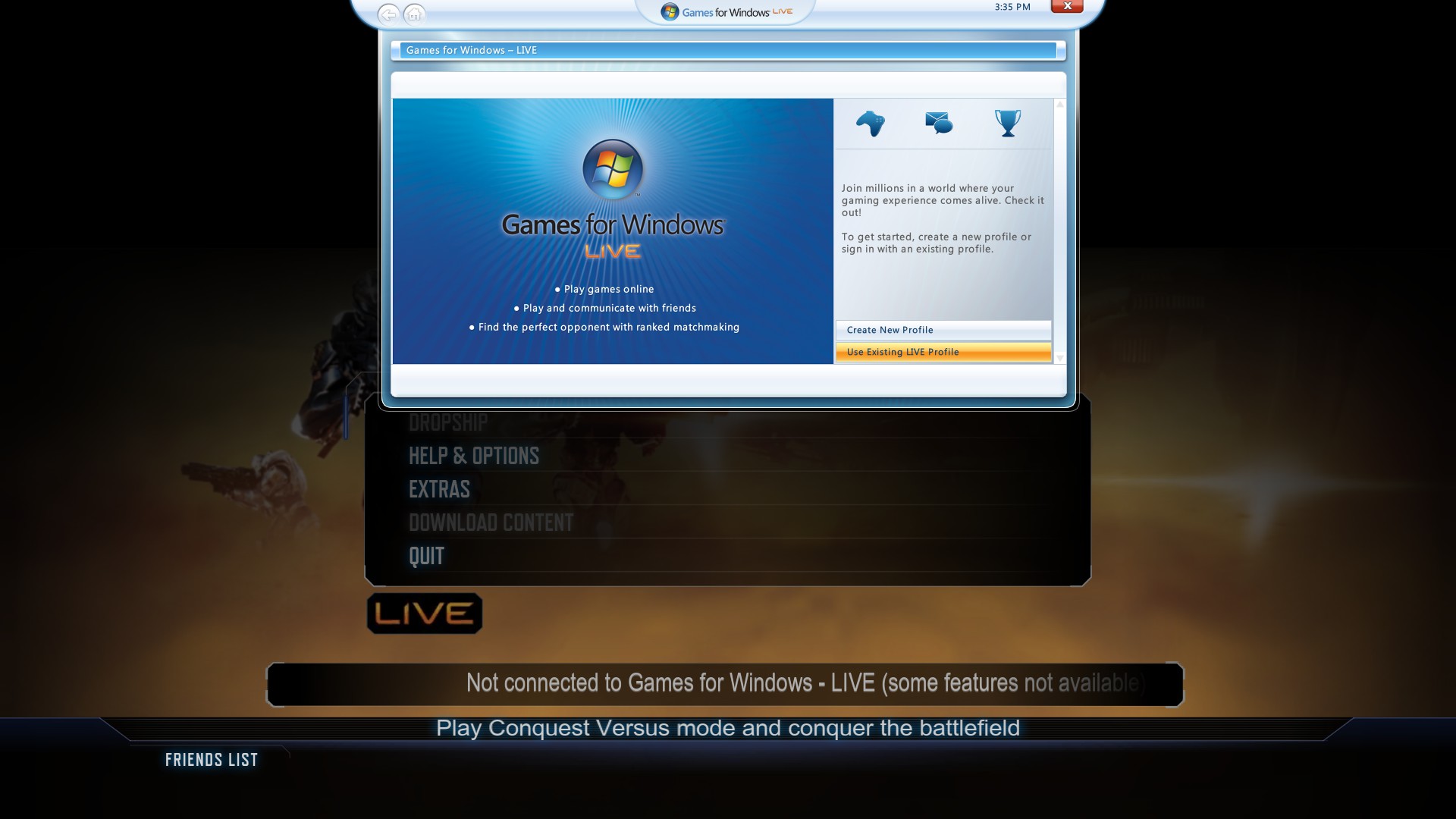
If you've been a PC gamer for a while, you'll remember the sinking feeling of starting up a new game and seeing that cursed Games For Windows Live UI pop up. Introduced in Windows Vista, its purpose was to create a shared ecosystem between PC and Xbox (which Microsoft has gotten much better at lately.) But it was done in the least elegant way possible. The software was ugly, laggy, and intrusive. Syncing cloud saves took forever. Downloads were slow. But its most maddening 'quirk' was signing you out randomly, sometimes mid-game, meaning you had to keep re-entering your password.
2012 – Windows 8 kills the Start button
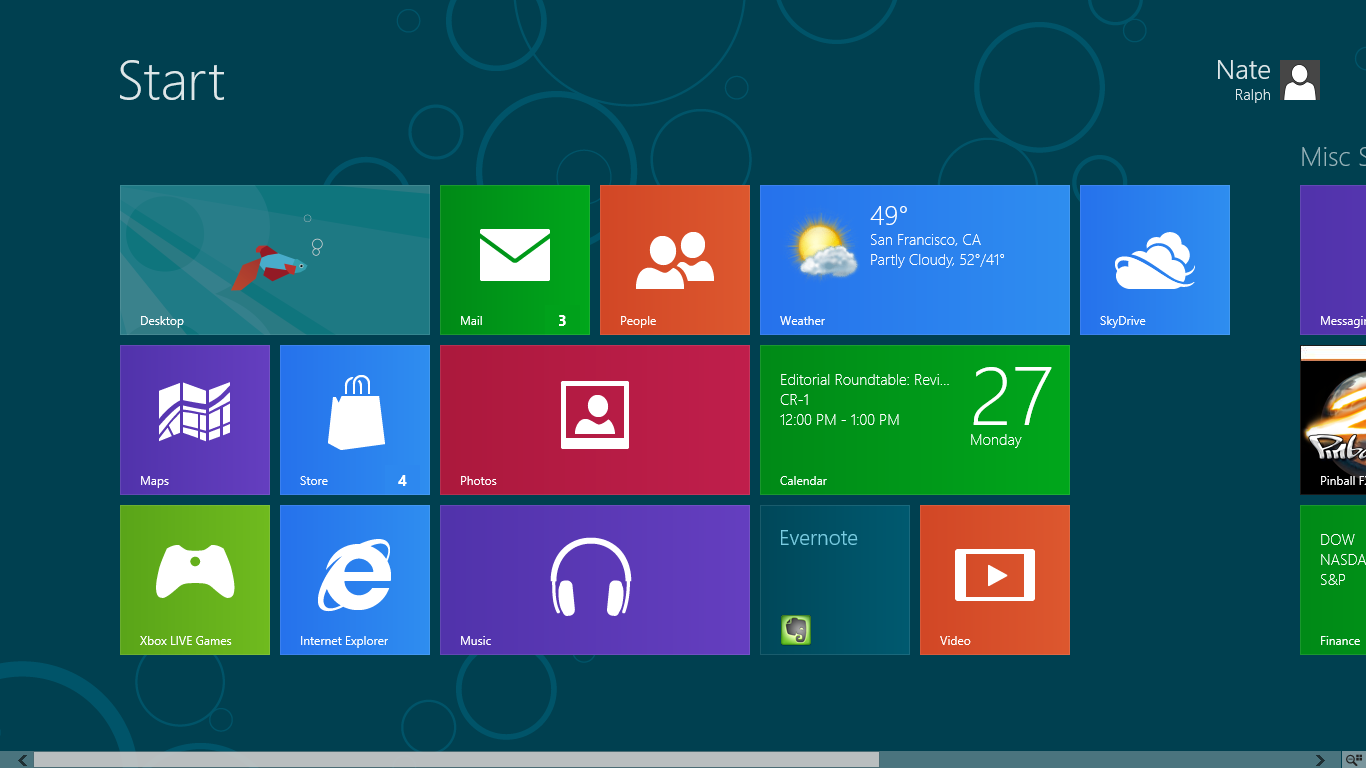
Windows 8 introduced the Metro UI, with its big coloured blocks designed for touchscreens and its frivolous 'live tiles'—and, perhaps unsurprisingly, most people hated it. Some of these elements still exist in Windows 10 today, but in a much more subtle, unobtrusive way. Metro was so much at the forefront of the initial Windows 8 experience that MS completely removed the Start button—a decision that people responded to so negatively, they were forced to bring it back in an update. Turns out pointlessly removing a button people have been instinctively pressing for decades was a bad idea.
If it’s set in space, Andy will probably write about it. He loves sci-fi, adventure games, taking screenshots, Twin Peaks, weird sims, Alien: Isolation, and anything with a good story.


